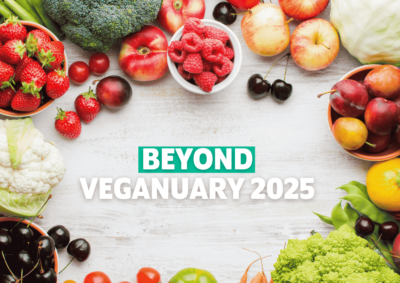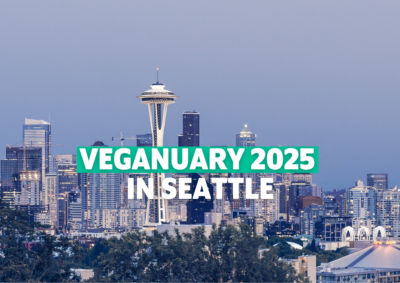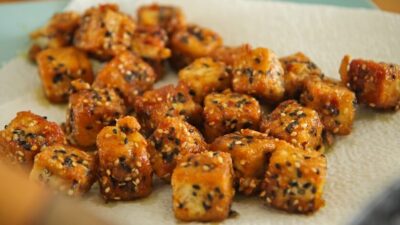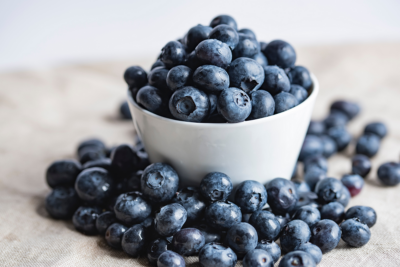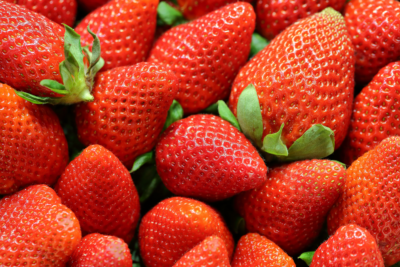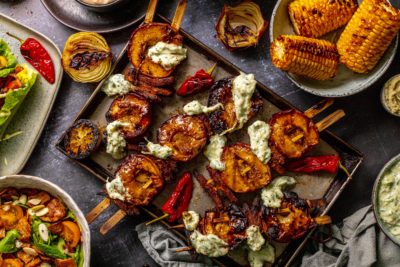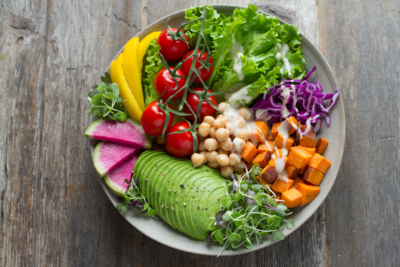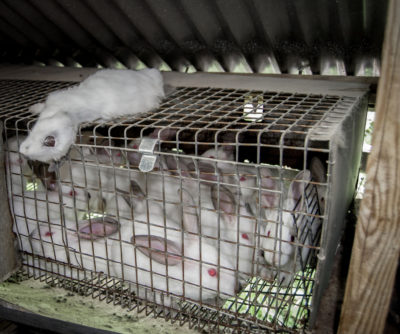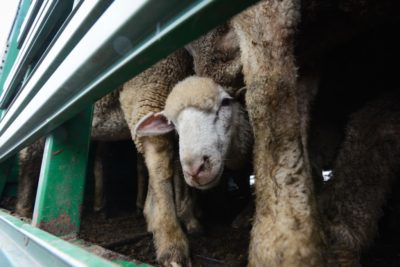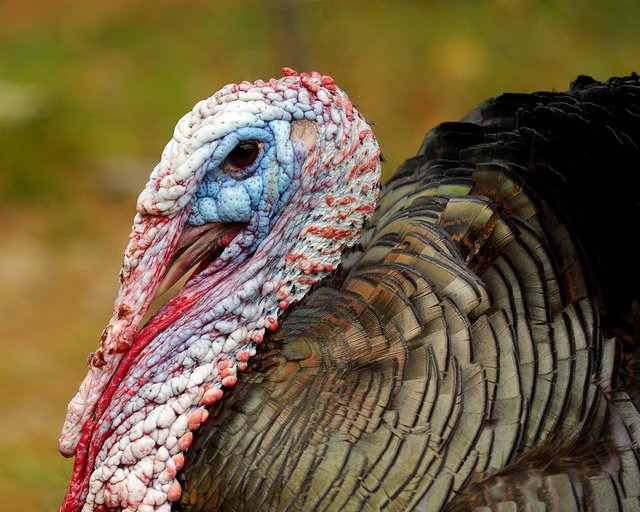
Turkeys are fascinating animals. They are sensitive and smart and will sing along to music. They make outstanding parents, form close-knit family bonds, and will often come together for mealtimes.1
Rescued turkeys who feel safe and secure love to be stroked and will purr with pleasure. The males in particular like to be noticed. They follow their favorite person around, puffing out their magnificent chests and body ruffles, just asking you to admire them.
Most turkeys are factory farmed
Most turkeys are reared in large, overcrowded sheds that hold up to 25,000 birds.2 They do not see daylight, breathe fresh air, or strut around in the sun displaying their feathers. Instead, they live in filth.
Lighting is dimmed to prevent aggression among the stressed birds, who should be exploring, foraging, and roosting but are denied everything that makes life worthwhile.
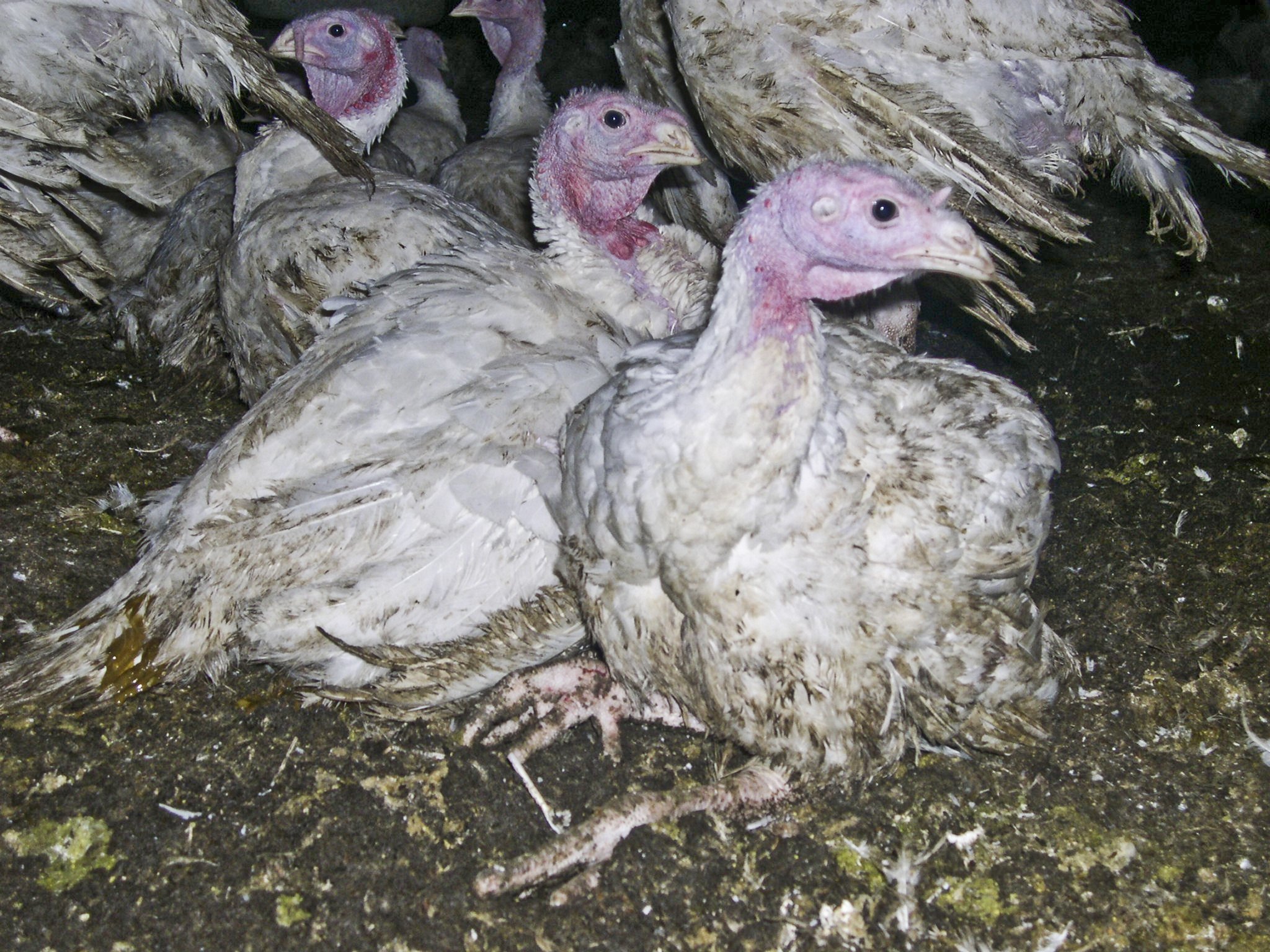
Turkeys suffer on farms
Turkeys, like chickens, have been selectively bred to grow much quicker than they would naturally. This increases the industry’s profits as turkeys reach slaughter weight in a much shorter time. Turkeys are now four times the size of their wild ancestors and this weight gain comes with a price.
Their joints become inflamed, their bones break, and they may be in too much pain to even stand.3 It is not uncommon to see birds using their wings to crawl to food and water when their legs can no longer support their weight, or immobile birds trampled or starved to death.
Their large frame also puts pressure on their hearts and lungs, and consequently, heart attacks are common. Together, lameness and heart disease account for a major proportion of premature flock mortality.4
The crowded living conditions and poor ventilation of factory farm units can also lead to difficulties in breathing, eye problems, and bacterial and viral infections. The birds also develop ulcers and burns on their feet and legs from standing in contaminated litter for long periods.5[ii]
Even on free-range farms, the suffering is all too obvious. See for yourself this investigation by Animal Aid on a free-range, RSPCA-assured turkey farm.
Turkeys endure mutilations and invasive procedures
Because consumers prefer breast meat, turkeys have been selectively bred to have huge chests and this means they are not able to mate naturally. Almost all are inseminated artificially. This is done by workers ‘milking’ the males and then using a syringe to inject the semen inside the female. This is a stressful procedure for these sensitive creatures.
Turkeys may have the ends of their beaks amputated to try and stop the stressed and bored birds from harming one another. This legal mutilation can result in permanent pain,6 and lifelong difficulty eating.
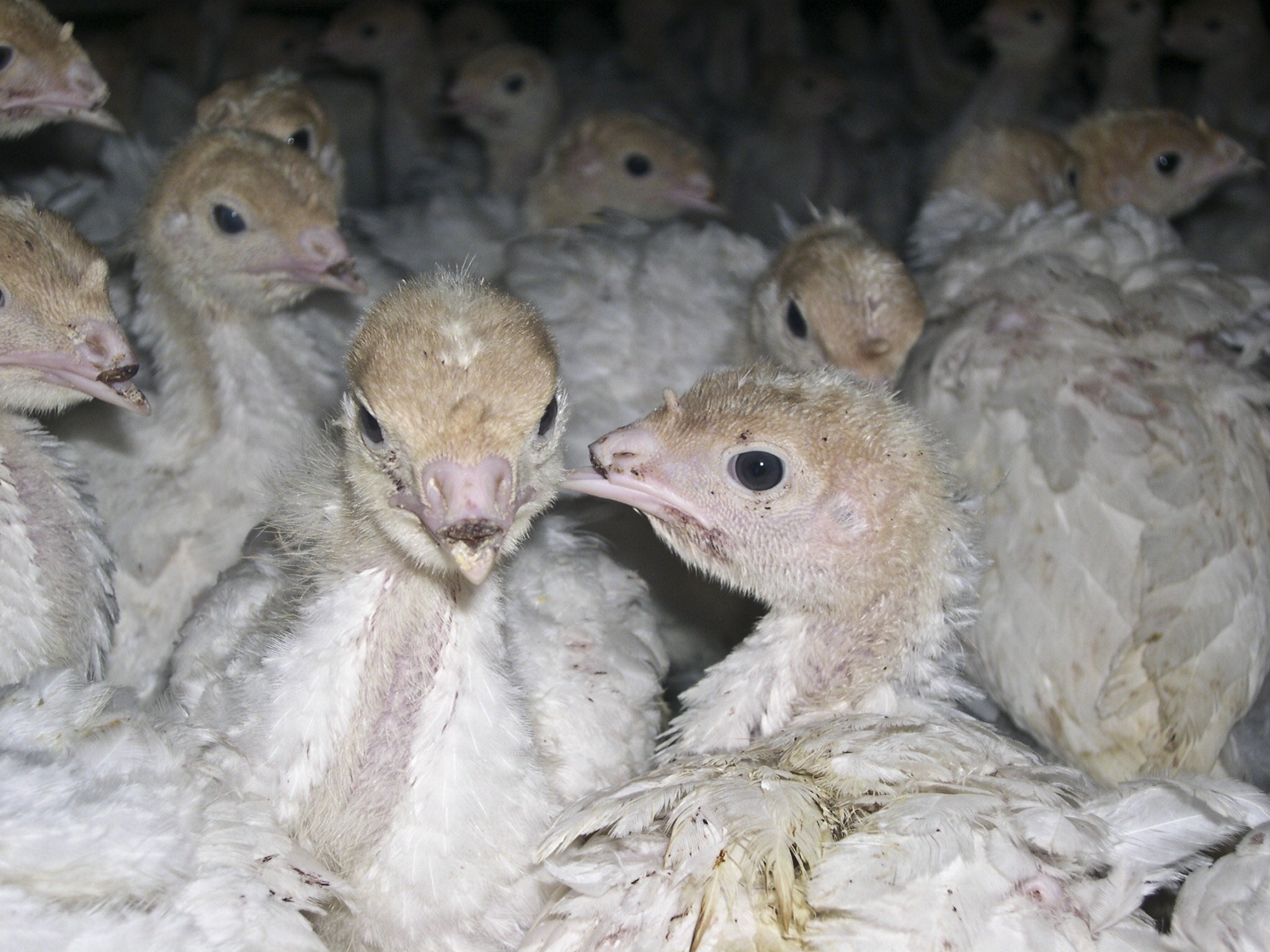
The birds may also be de-snooded to try to prevent aggression. This is the removal of the long piece of flesh that hangs from a turkey’s forehead. If it is done within their first three weeks of life, and the operation does not need to be done by a veterinary surgeon.7
Male breeding birds may also have their toes cut off, a procedure that can result in painful open wounds but, again, does not need to be carried out by a vet.8
At the slaughterhouse
Rough handling during catching and transportation to slaughter can be painful and frightening. The birds often suffer broken legs and wings during the process and arrive at the slaughterhouse in abject distress.
Once there, they may be shackled by their feet and hung from those broken legs for several minutes before they are stunned in electrified water. If their wings touch the water first, they will suffer an agonizing electric shock.
Some turkeys are now stunned and killed when the crate they are in is lowered into a gas chamber. Research has shown that there are ‘negative effects’ in gas-stunning, including convulsions and ‘respiratory discomfort’, also known as gasping for air. Researchers concluded that neither electrical nor gas stunning is painless.9
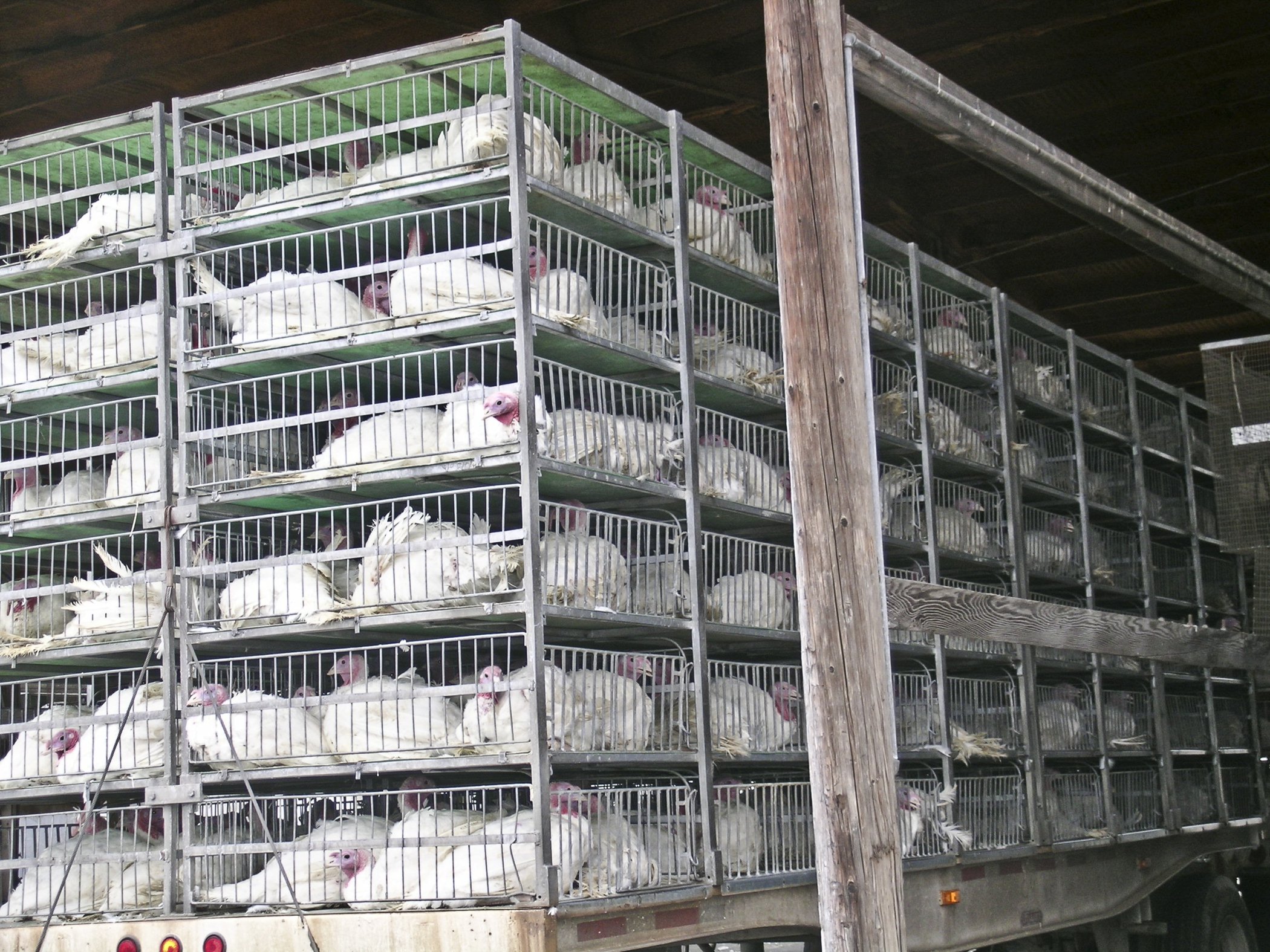
A kinder way
There are few wild species that have been detrimentally manipulated as much as turkeys. In the wild, they live in open areas where they will roam and forage. They can fly at up to 55mph and at night choose to roost in trees.
The modern farmed turkey cannot get off the ground, can barely walk, and is not allowed to roam, forage or roost. They can no longer even breed naturally, and the females are not permitted to hatch out their young.
Turkeys are affectionate creatures and display their friendship with one another and with humans they care for. One girl named Sandy lives at Farm Sanctuary in Acton, California.
She was in rough shape when she arrived, with multiple wounds and injuries, but settled well and has learned to trust humans. Her rescuer says: “She climbed into my lap despite all of those things. It takes a lot of courage to be mistreated yet open yourself up to love.”
Wouldn’t it be wonderful if all turkeys could experience love and safety like this?
Meet Sandy and her friends at Farm Sanctuary
References
1 ‘Turkeys’, Woodstock Farm Sanctuary. Available at:
http://woodstocksanctuary.org/factory-farmed-animals/turkeys/
2 ‘About Turkeys’, Compassion in World Farming. Available at:
https://www.ciwf.org.uk/farm-animals/turkeys/
3 ‘Why intensive turkeys go lame’, Compassion in World Farming. Available at:
https://www.ciwf.org.uk/news/2012/12/why-intensive-turkeys-go-lame
4 ‘Turkeys’, Compassion in World Farming, 2008. Available at:
https://www.ciwf.org.uk/
5 HH Kristensen and CM Wathes ‘Ammonia and poultry welfare: a review’ World’s Poultry Science Journal 56(3) pp.235-45. (2000).
6 M Gentle, ‘Behavioural evidence for persistent pain following partial beak amputation’, Applied Animal Behaviour Science 27 pp. 149-157. (1990)
7 ‘Turkeys: welfare recommendations’, Defra. Available at:
https://www.gov.uk/government/publications/poultry-on-farm-welfare/turkeys-welfare-recommendations
8 Ibid.
9 Charlotte Berg and Mohan Raj, ‘A Review of Different Stunning Methods for Poultry – Animal Welfare Aspects, Department of Animal Environment and Health, Swedish University of Agricultural Sciences, 30 Nov 2015

